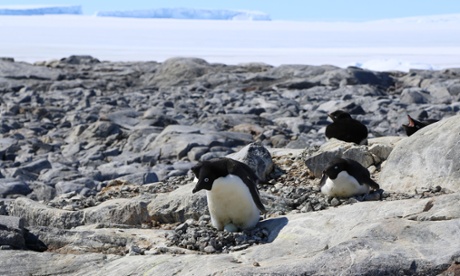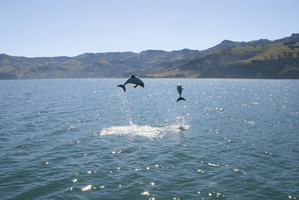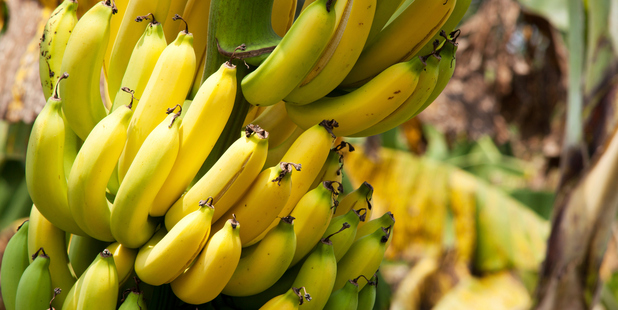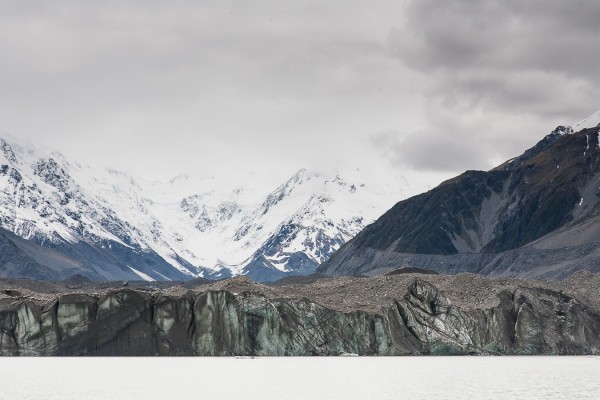
It is not just the fishing industry that is the problem, it is actually the inaction by the John Key National Government. History will show they were responsible for the extinction of the world's smallest dolphin - the Maui, and the dwindling numbers of the hectors in years to come too.
http://www.contemporaryshellartist.com/4/post/2013/11/new-zealands-maui-dolphins-facing-extinction.html
http://www.hectorsdolphins.com/uploads/9/5/9/0/9590633/maui_leaflet_2013.pdf
https://www.facebook.com/groups/hectorsandmauissos/
http://tvnz.co.nz/national-news/too-late-save-maui-s-dolphin-experts-5778889
Ecospree


















.jpg)






























